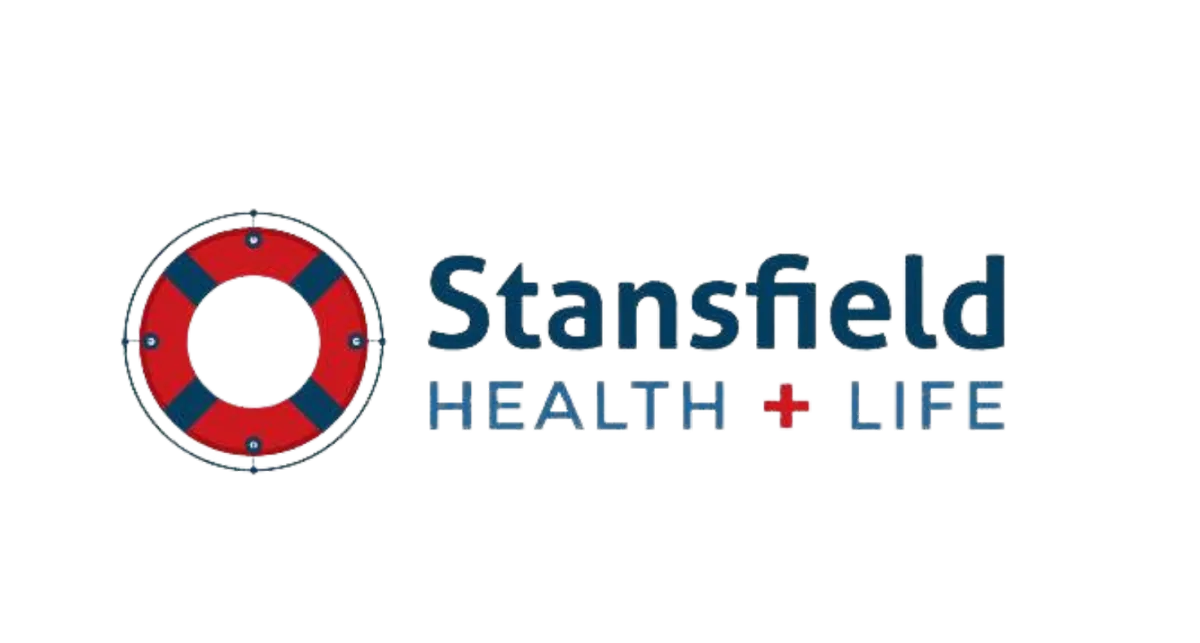
CALL US NOW!
Blog

The Ultimate Guide to Organizing and Securing Your Medicare Documents in 2025
Staying organized with your Medicare documents isn't just a matter of convenience—it’s essential for avoiding billing errors, ensuring timely coverage, and preparing for emergencies. In this guide, we provide comprehensive and actionable steps to help you maintain a secure, easy-to-access Medicare document management system.
1. Create a Centralized Medicare Document System
Keeping all Medicare-related paperwork in one dedicated space is the cornerstone of effective organization. This includes:
Medicare ID cards
Annual Notice of Change (ANOC)
Evidence of Coverage (EOC)
Summary Notices (MSNs and EOBs)
Prescription drug coverage details
Correspondence from insurance carriers or CMS
Bills and payment receipts
Appeals and grievance letters
Choose a method that suits your lifestyle:
Physical filing system (binder or file cabinet with tabs)
Digital storage (scanned PDFs organized in cloud folders)
Pro Tip: Label your folders by category and year, e.g., EOBs_2025, Prescriptions_2024.
2. Go Paperless with Secure Digital Backup
Digitizing your Medicare documents reduces clutter and provides backup in case of emergencies such as fire, theft, or natural disasters.
Tools for Scanning:
Mobile apps: Adobe Scan, CamScanner, Genius Scan
Hardware: All-in-one printer/scanner or dedicated document scanner
Secure Storage Options:
Cloud Services: Google Drive, Dropbox, OneDrive (use two-factor authentication)
External Drives: Encrypted USB drives or SSDs for offline access
Encrypt sensitive PDFs with a strong password. Use 12+ characters, including uppercase, lowercase, symbols, and numbers.
3. Categorize Documents for Quick Access
Organizing your Medicare paperwork into clear, logical categories ensures you can quickly locate any document when needed—whether you’re disputing a charge, preparing for an appointment, or enrolling in a new plan.
Recommended Categories:
Enrollment & ID: Medicare card, supplemental/Part D plan ID cards, welcome letters.
Plan Information: Evidence of Coverage (EOC), Annual Notice of Change (ANOC), benefit summaries.
Medical Bills & EOBs Explanation of Benefits (EOBs), Medicare Summary Notices (MSNs), provider bills.
Prescription Drug Records: Pharmacy receipts, medication lists, Part D plan info.
Premium Payments: Monthly premium receipts, bank statements, confirmation emails.
Appeals & Grievances: Copies of filed appeals, denials, resolution letters, supporting documents.
Provider Correspondence: Letters from doctors, insurers, or Medicare regarding services or coverage.
Legal & Emergency Documents: Power of attorney, healthcare directives, emergency contacts.
This structure helps you access what you need within seconds, whether you're disputing a charge or comparing plans during the Annual Enrollment Period.
4. Implement a Monthly Medicare Paperwork Review
A monthly review ensures you stay updated and catch errors before they snowball.
What to Check Monthly:
Billing errors or duplicate charges
Explanation of Benefits (EOBs) for unexpected costs
Prescription changes
Policy updates from your insurer
Suggested Routine:
Set a recurring calendar event (e.g., every 15th) to review and file that month’s documents.
5. Use a Secure Password Manager
If storing Medicare documents or account access online, use a password manager like LastPass, 1Password, or Bitwarden.
Key Features to Use:
Generate secure, unique passwords
Store account details for Medicare.gov, insurer portals, and pharmacy logins
Enable secure notes for Medicare ID or secondary insurance policy numbers
6. Share Emergency Access with a Trusted Contact
Ensure that a trusted family member, caregiver, or legal representative has access to your Medicare documents in case of emergency or incapacity.
Create an Access Plan:
Provide a sealed envelope with key document copies
Share cloud access with specific permissions
Designate a healthcare power of attorney
Include this in your estate planning documents for legal assurance.
7. Stay Informed with Annual Medicare Mailings
Every fall, you’ll receive important notices that must be kept organized:
Annual Notice of Change (ANOC): Summarizes plan changes for the next year
Evidence of Coverage (EOC): Detailed description of benefits
Medicare & You Handbook
File these documents under a new folder each year and compare against prior year versions.
8. Use a Medicare Documentation Checklist
A Medicare documentation checklist is a powerful tool to ensure that nothing important slips through the cracks. It helps you keep track of what you have, what you’re missing, and what needs regular updating.
Essential Items to Include in Your Checklist:
✅ Medicare ID card (and copies)
✅ Supplemental/Medicare Advantage ID cards
✅ Prescription drug plan information (Part D)
✅ Explanation of Benefits (EOBs)
✅ Medicare Summary Notices (MSNs)
✅ Annual Notice of Change (ANOC)
✅ Evidence of Coverage (EOC)
✅ Premium payment receipts
✅ Provider correspondence (bills, notices, letters)
✅ Appeal or grievance documentation
✅ Prescription purchase receipts and pharmacy info
✅ Emergency contact list
✅ Power of attorney or healthcare directive documents
You can create your checklist digitally (using a spreadsheet or checklist app) or print it and store it in your Medicare binder or file system.
9. Backup Critical Documents Offline
Even if you're storing everything in the cloud, always maintain physical copies of:
Medicare and supplemental insurance ID cards
Advance directives and healthcare POAs
Latest EOBs and appeals
Contact information for agents or case managers
Keep them in a fireproof, waterproof safe, clearly labeled.
10. Protect Against Medicare Fraud and Identity Theft
Security is just as critical as organization. Protect yourself with these steps:
Shred old documents containing personal information
Don’t share Medicare numbers unless with verified providers
Regularly check Medicare claims via your MyMedicare.gov account
Report suspicious activity to 1-800-MEDICARE
If your card is lost or stolen, request a replacement immediately and monitor your claims closely.
Final Thoughts
Medicare paperwork can feel overwhelming, but with the right system, it becomes manageable and stress-free. By centralizing, digitizing, securing, and regularly reviewing your Medicare documents, you’ll be well-equipped to make smart healthcare decisions and respond quickly to issues as they arise.
Start today—create your system, scan your papers, and enjoy the peace of mind that comes with being organized.
Book Your “No Obligation” Consultation from
a local Medicare Insurance Plan Specialist.
Attend our “live” local Medicare
Education Workshop
Disclaimer: Medicare has neither reviewed nor endorsed this information. We’re not connected with or endorsed by the United States government or the federal Medicare program. We do not offer every plan available in your area. Any information we provide is limited to those plans we do offer in your area. Please contact Medicare.gov or 1-800-MEDICARE to get information on all your options.
Stansfield Health and Life © Copyright 2023
Website design and Marketing by LaunchpadPro
